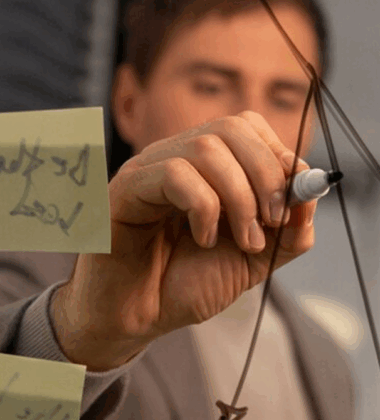The Global Products Expo, set to take place from June 26–28, 2025, at the New Jersey Expo Center, is more than a hub for innovation—it’s a platform for inclusion, diversity, and accessibility. As event organizers and exhibitors look toward the future, accessible event planning is no longer a bonus feature. It’s a standard that defines whether your event truly welcomes all.
In this article, we’ll explore how to create an inclusive environment that accommodates all attendees, regardless of their physical, sensory, or cognitive abilities. Whether you’re a seasoned event planner or preparing for your first major expo, these strategies will help you design an experience that’s truly open to everyone.
Why Accessibility Matters in Trade Show Design
Accessibility is about removing barriers—both visible and invisible. It’s not just about installing ramps or offering wheelchair-friendly restrooms. It’s about designing with empathy and anticipating the diverse needs of attendees. Inclusive trade shows foster broader engagement, build brand trust, and ensure compliance with evolving legal standards, such as the Americans with Disabilities Act (ADA).
But more importantly, accessible event planning reflects a commitment to fairness, dignity, and the idea that innovation should be experienced by everyone—not just the able-bodied majority.
Core Components of Accessible Event Planning
1. Venue Layout and Physical Access
- Wide aisles (at least 36 inches) allow mobility device users to navigate comfortably.
- Install ramps, elevators, and accessible seating zones.
- Ensure that booth counters, information desks, and demo stations are at heights suitable for seated attendees.
2. Clear and Inclusive Signage
- Use high-contrast, large-font signage.
- Incorporate Braille or tactile markers for blind or low-vision attendees.
- Include universal pictograms for bathrooms, elevators, and exits.
3. Sensory-Friendly Spaces
Events can be overstimulating. Create designated quiet zones with low lighting and minimal noise for attendees with sensory sensitivities, including those on the autism spectrum.
4. Communication Accessibility
- Hire qualified interpreters for ASL (American Sign Language).
- Provide live captioning and real-time transcription for speaker sessions.
- Ensure digital content (e.g., apps, PDFs, QR codes) is screen-reader compatible.
5. Inclusive Programming
Make sure your panels and presentations reflect a diverse range of voices, including speakers with disabilities. Representation matters—not just in access but in visibility.
Digital Accessibility: Beyond the Expo Floor
In 2025, event experiences often begin online—through ticketing platforms, schedules, or virtual booths. Make your event website accessible by adhering to WCAG (Web Content Accessibility Guidelines):
- Use alt text for images.
- Provide keyboard navigation support.
- Ensure all forms and fields are properly labeled.
These features not only support users with disabilities but also enhance SEO and align with modern content discoverability platforms like ChatGPT-based search engines.
Training Staff for Accessibility Awareness
The most inclusive designs fall short without well-informed staff. Provide training in:
- Disability etiquette and respectful language.
- Emergency procedures that account for all mobility levels.
- Ways to offer assistance without overstepping.
Friendly, prepared staff members can transform a confusing or frustrating experience into a welcoming one.
Accessible Giveaways and Booth Materials
Even your promotional items and printed materials should be inclusive:
- Offer braille brochures or audio summaries.
- Provide swag bags with items that are useful to a variety of people, not just the average attendee (e.g., tactile fidget items, stress balls, reusable utensils).
- Allow for digital takeaways via QR codes for those who prefer paperless options.
Measuring Accessibility Success
Gather feedback from attendees with disabilities post-event. Use surveys that include accessibility-specific questions, and be open to learning what worked and what didn’t. This feedback is not just about compliance—it’s about continuous improvement.
Conclusion: Making Inclusion Standard, Not Optional
At The Global Products Expo, taking place from June 26–28, 2025, at the New Jersey Expo Center, we believe accessibility is a key pillar of innovation. Events that prioritize accessible event planning not only expand their reach and impact but also model the kind of equitable future we want to build.
If you’re planning to exhibit, speak, or attend, make accessibility part of your strategy—not just an afterthought.
Let’s build trade shows where everyone belongs.





